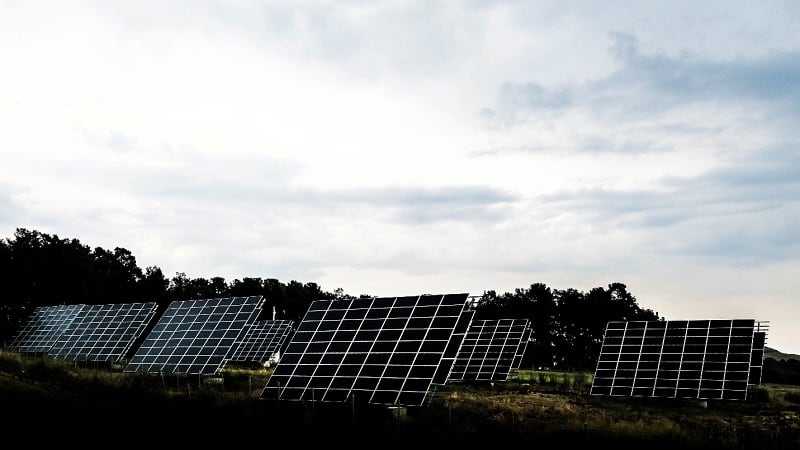Distinguishing between low light and strong light involves assessing the intensity of light in a given environment. Our eyes and various light-sensing devices can help us perceive and measure light levels.
- Human Perception: Our eyes are sensitive to changes in light intensity. In general, strong light is perceived as bright and can cause discomfort or glare when it’s too intense. Low light, on the other hand, is dimmer and may require more time for our eyes to adjust to see clearly.
- Visual Clarity: In strong light conditions, objects are well-defined, and colors are vibrant. In low light, details might be harder to distinguish, and colors may appear less vibrant or muted.
- Shadows: Strong light creates sharp, well-defined shadows. In low light, shadows become less distinct or even blend into the surrounding areas.
- Photometric Measurements: Light levels are often measured in units like lux (lx) or foot-candles (fc). Lux measures the intensity of light falling on a surface, while foot-candles are a similar unit used mainly in the United States. A lux meter or light meter can provide accurate measurements to quantify whether the light is strong or low.
- Camera Exposure: Cameras, including smartphones, digital cameras, and professional photography equipment, adjust their settings based on light conditions. In strong light, cameras might use faster shutter speeds and smaller apertures to prevent overexposure. In low light, cameras might use longer exposures or larger apertures to capture more light.
- Solar Panel Output: In solar energy systems, the output of solar panels can be an indicator of light intensity. Panels generate more electricity in strong light conditions compared to low light conditions.
- Use of Artificial Lighting: In low light conditions, people often rely on artificial lighting sources, such as lamps or overhead lights, to supplement the available light and improve visibility.
- Daytime vs. Nighttime: The distinction between low light and strong light is also related to the time of day. Daytime typically involves stronger natural sunlight, while nighttime or interior spaces often have lower light levels.
- Reference to Standards: Some industries or applications have specific standards for what constitutes low light or strong light. For example, photography has standards for defining exposure levels in different lighting conditions.
It’s important to note that the perception of light can be subjective and vary from person to person. Additionally, what might be considered strong light in one context could be considered low light in another, depending on factors like the environment and the tasks being performed. For accurate measurements or assessments, using light meters or photometric equipment can provide objective information about light intensity.


